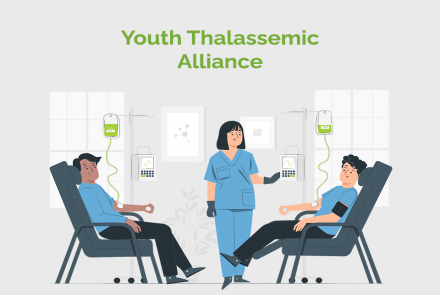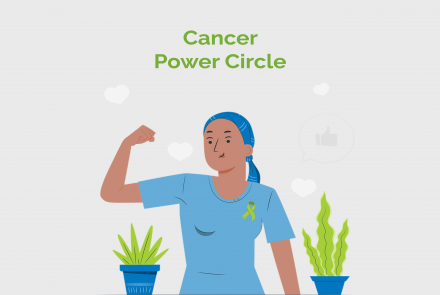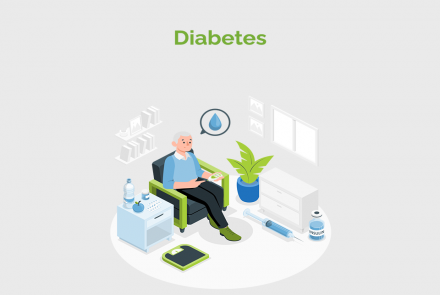Our Motto 1. To assist patients suffering from thalassemia in securing medical treatment, including hospitalization and in securing transfusion of blood. 2. To monitor closely the medication, growth and thalassemia management. 3. To conduct blood donation camps in general and for thalassemia patients in particular 4. To organize and assist in organizing screening and medical camps for thalassemia patients. 5. To conduct on regular basis, or as may be found necessary, counseling or guiding centers or activities for thalassemia patients. 6. To organize social events for thalassemia patients. 7. To create awareness about thalassemia in the society in general by organizing and conducting lectures, publishing pamphlets, books and literature and through electronic media.
I am Ankur. I am thalassemia major. I live in Bangalore. I want to know where to get blood transfusion for free in Mumbai near by Virar because by grand parents live in Mumbai. So I want to go to Mumbai summer. So I want to where I can get blood…




















